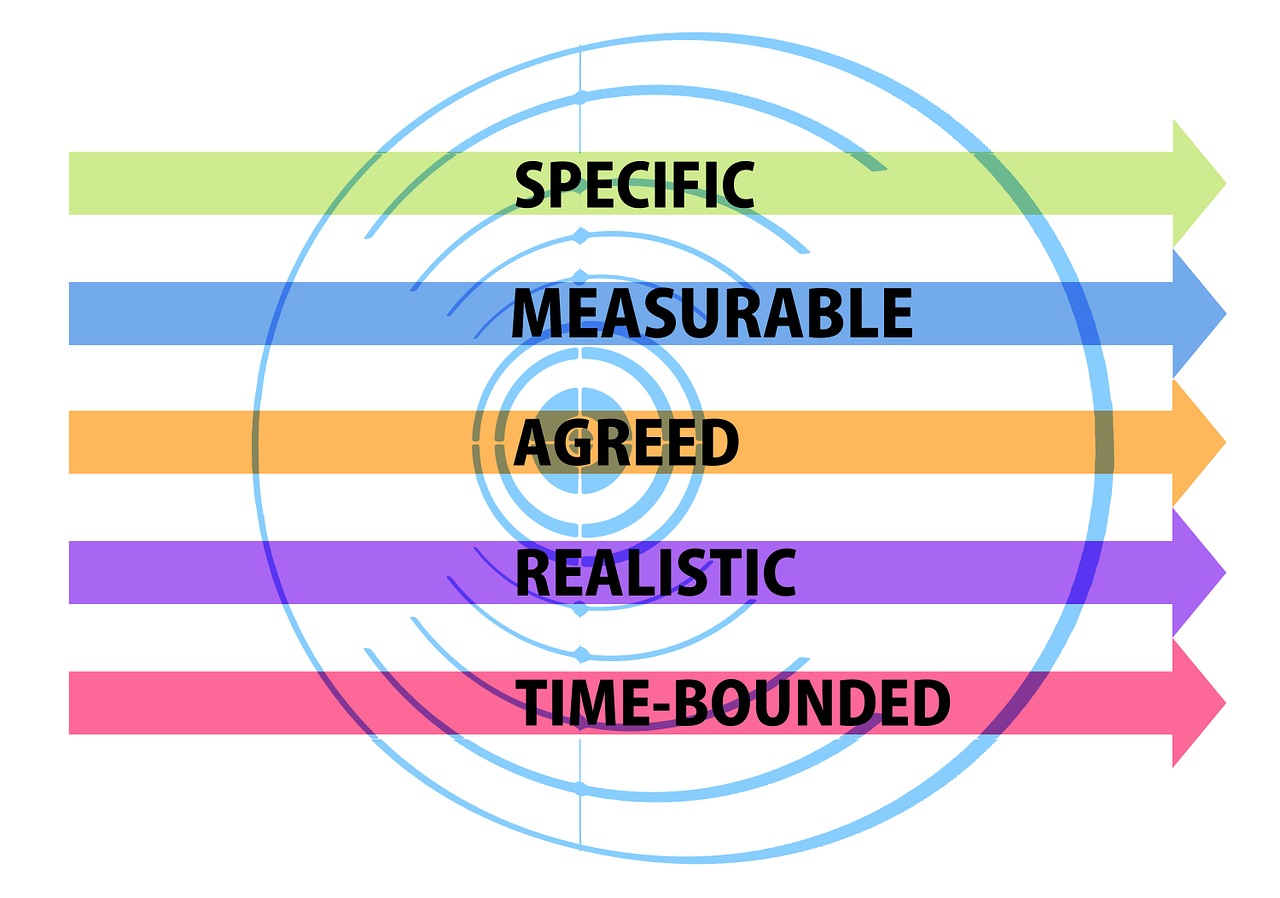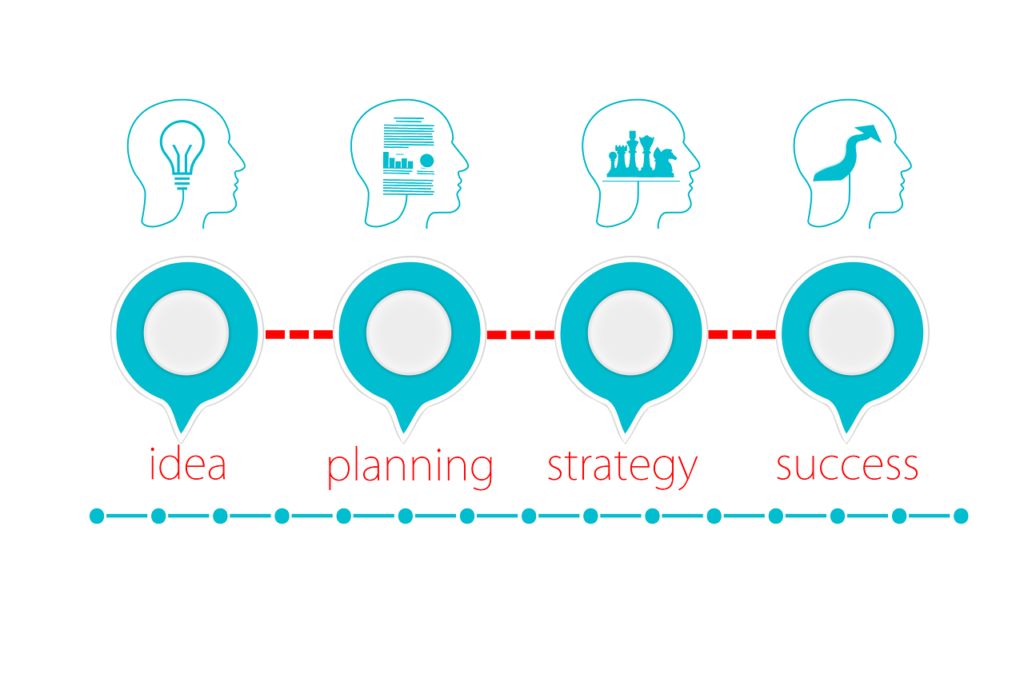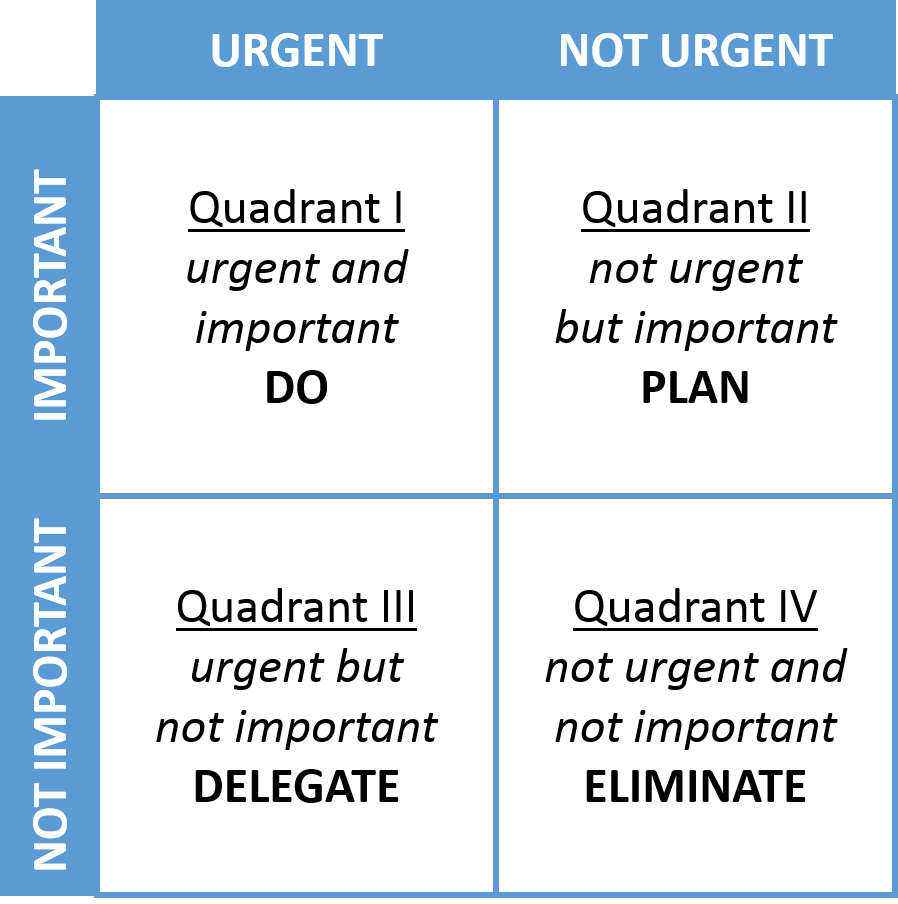
The ever elusive S.M.A.R.T. objectives
I remember observing some of my schoolmates’ reactions when unexpectedly called upon in class, back in the day. They’d sink behind their desk, and wish that they could sink even further into the ground. It’s the same with being challenged on S.M.A.R.T. objectives. It makes you feel like you’re under interrogation. You may even begin to have heart palpitations. However, it is an essential part of business and it’s the successful companies that stick to the discipline.
For clarity, let’s look at the elements of S.M.A.R.T. objectives. https://www.youtube.com/watch?v=1-SvuFIQjK8
Specific

Some managers and organisations suffer from the malady of simply expecting their teams, and particularly more junior staff, to instinctively know what to do. They either expect it to trickle down by osmosis, or for teams to figure it out as they go along. Goals and guidelines must be specifically well defined under S.M.A.R.T. objectives, with clarity and unambiguity, just as with a road map. This step is essential to getting team buy-in.
For illustration, let’s look at the example of a successful sports team. I was watching analysis of the New England Patriots, arguably the most successful football team of the last 15 years. The analyst, who was a former player under Bill Belichick gave some insight regarding how well the coach gives instructions to the team. He described how every instruction, goal and hand signal had remained unchanged, clear and consistent for the last 15 years. Team members go against that specificity at their own peril, as it risks compromising the team’s success. Because the goals are so clear and specific, there is zero tolerance to any player going against them. Even the great Tom Brady, who is arguably the greatest quarterback of all time, is no exception. This is why the Patriots are perennial champions, no matter the odds. https://bizlifesmarts.com/experiencevsyoungtalent.
Measureability

Measureable goals. 
Measurement of results.
There are two facets to measureability. We must measure both goals and results. I was once taught that if you don’t measure it, it doesn’t get done! Walk into the back room of a fast food restaurant or retail store, and you’ll see their list of sales goals for the day. Additionally, they measure everything, down to portion size. And then you must review the results. Companies can do this weekly, monthly, quarterly or annual. The fast food restaurants and retail stores do it daily, weekly and monthly. They are then able to take corrective action, or manage other levers of the business, based on these results. It’s a tedious process, but good leaders will tell you that it needs to be done if you are going to be honest about success.
Actionable, Achievable or Agreed

This S.M.A.R.T. objective is about there being a plan, the tools to execute the plan, and it not being a pie-in-the-sky plan. Too many companies set what they call “stretch objectives”. The problem with these is that they are never achievable and simply contribute low team morale. Planning is key to goals being actionable and agreed. A clear, achievable action plan also gives teams confidence about being able to deliver in a S.M.A.R.T. objectives, accountability atmosphere. This is the essential step in eliminating the fear of the whole measureability and accountability requirements. We’ll talk a bit more about fear later.
Relevant or reasonable

How many times do managers leave their staff frustrated that their are being asked to do things that distract from their tasks at hand? At the outset, a team needs to be focused on the top two quandrants of the Eisenhower matrix of importance and urgency. Stay away from the bottom two quadrants!
Let me give another example. If you are holding your team to sales goals and targets, why make them spend 70% of their time in meetings and administrative tasks? It’s a no-brainer. It is insanity to try and focus on delivery of results, and yet you occupy all their time in internal meetings and calls. The mantra I too often hear nowadays, almost every moment of the day, particularly from managers is, ‘I have a meeting’ or ‘I have a conference call’. When the number of “important” meetings you attend becomes the company’s measure of your productivity, it is no wonder that everyone runs away from S.M.A.R.T. objectives and delivery.
Time-bound

Setting a clear time period and/ or end date for the performance period, allows the team to set key milestones, and monitor progress. It also supports the agreement and buy in to the goals, as nobody is ambushed by periodic reviews and end period evaluation.
Conclusion

The outcome of diligently following the 5 steps.
Fear is what induces employee aversion to adhering to the S.M.A.R.T. objectives process. I’ve observed executives literally break out into a cold sweat when challenged on S.M.A.R.T. objectives. Fear leads to a lack of confidence, which leads to low morale, which leads to poor performance. By following the 5 steps as outlined above, that panic will be taken away, there will be team buy-in and better teamwork and performance by everyone.
For strategic advisory that will leverage uncommon sense and drive your bottom line, get in touch with us on [email protected]
Follow on:



